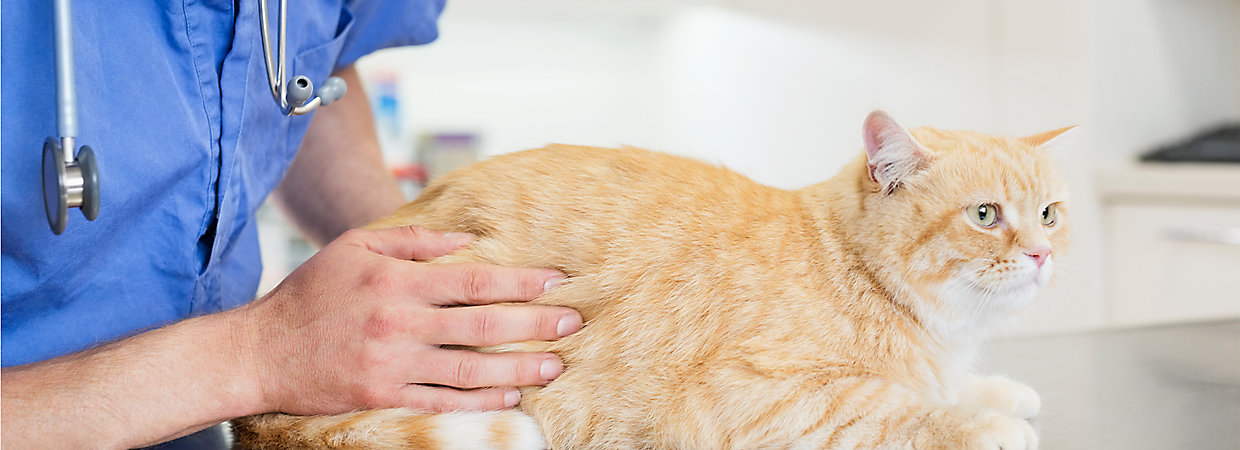Pets Clinic Rehabilitation and Physical Therapy: Healing Paws, Restoring Lives

As pet owners, we consider our beloved furry companions as cherished family members. When our pets experience injuries, surgeries, or suffer from chronic conditions, we want to provide them with the best possible care to help them heal and lead fulfilling lives. That’s where pets clinic rehabilitation and physical therapy come into play. These specialized services offer a comprehensive approach to improve the mobility, functionality, and overall well-being of our pets. In this article, we will explore the significance of rehabilitation and physical therapy for pets, the various techniques used, and how these services contribute to the overall quality of life for our furry friends.
Understanding the Importance of Rehabilitation and Physical Therapy for Pets
Just like humans, pets can experience a wide range of physical issues that may require rehabilitation and physical therapy. These issues can arise from various factors, including:
- Injuries: Such as fractures, sprains, and strains.
- Surgical Procedures: After orthopedic or soft tissue surgeries.
- Neurological Conditions: Such as spinal cord injuries or nerve damage.
- Chronic Conditions: Including arthritis and degenerative joint diseases.
Rehabilitation and physical therapy for pets focus on improving their mobility, strength, and functionality. These specialized services not only aid in recovery but also play a crucial role in preventing secondary complications and enhancing the overall quality of life for our furry companions.
Key Components of Pets Clinic Rehabilitation and Physical Therapy
1. Assessment and Individualized Treatment Plans
Each pet’s condition is unique, and as such, an individualized approach is essential. Qualified veterinary professionals conduct a thorough assessment of the pet’s medical history, current condition, and specific needs. Based on this assessment, they create personalized treatment plans tailored to the pet’s requirements.
2. Pain Management
Pain management is a critical aspect of rehabilitation and physical therapy. Veterinary professionals use various techniques, including medications and therapeutic modalities, to alleviate pain and discomfort.
3. Therapeutic Exercises
Therapeutic exercises are designed to improve a pet’s strength, flexibility, and range of motion. These exercises target specific muscle groups and help pets regain their mobility and functionality.
4. Hydrotherapy
Hydrotherapy involves using water as a medium for rehabilitation exercises. It is particularly beneficial for pets with mobility issues as water buoyancy reduces stress on joints and muscles.
5. Manual Therapy
Manual therapy techniques, such as massage and joint mobilization, are employed to improve circulation, reduce muscle tension, and enhance tissue healing.
6. Assistive Devices
In some cases, assistive devices like braces, carts, or orthotics may be recommended to support a pet’s mobility and aid in their recovery.
7. Balance and Coordination Training
Balance and coordination training are essential for pets recovering from neurological conditions or surgeries. These exercises improve stability and help pets regain control of their movements.
8. Underwater Treadmill
The underwater treadmill is another form of hydrotherapy that allows controlled exercise while minimizing stress on the pet’s joints.
Uncommon Terminology: Electromagnetic Pulse Therapy (PEMT)
Electromagnetic Pulse Therapy (PEMT) is a non-invasive treatment used in pets’ rehabilitation. It utilizes electromagnetic pulses to promote tissue healing and reduce inflammation.
The Role of Pet Owners in the Rehabilitation Process
The success of rehabilitation and physical therapy for pets heavily depends on the active participation of pet owners. Here are some ways pet owners can contribute to their furry companion’s recovery:
1. Consistency
Consistency is crucial in following the prescribed treatment plan. Regularly attending therapy sessions and ensuring pets complete their home exercises is vital for progress.
2. Patience and Encouragement
Recovery may take time, and it’s essential for pet owners to be patient and provide positive reinforcement during the rehabilitation process.
3. Communication with Veterinary Professionals
Maintaining open communication with veterinary professionals ensures that any concerns or changes in the pet’s condition are addressed promptly.
Conclusion
Pets clinic rehabilitation and physical therapy play an instrumental role in healing our furry companions’ paws and restoring their lives. Whether it’s recovering from an injury, surgery, or managing chronic conditions, these specialized services offer a comprehensive and personalized approach to enhance a pet’s mobility, strength, and overall well-being. The expertise of veterinary professionals, along with the active involvement of pet owners, creates a dynamic partnership that contributes to the success of the rehabilitation process. As pet owners, we are committed to providing the best care for our furry friends, and by embracing the benefits of rehabilitation and physical therapy, we can ensure our pets live their lives to the fullest, one healing paw step at a time.
